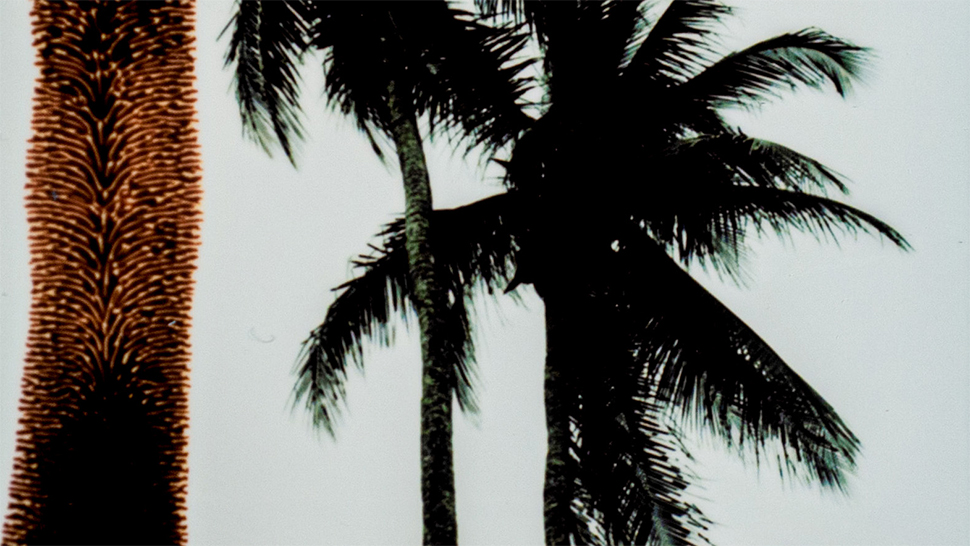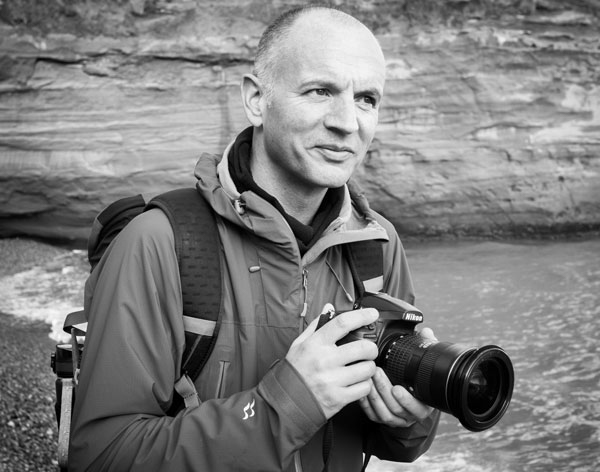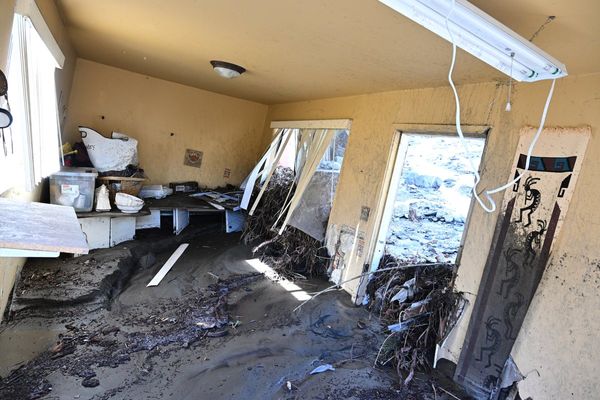

Benedict Brain is a UK-based photographer, journalist and artist. He is an Associate of the Royal Photographic Society and sits on the society’s Distinctions Advisory Panel. He is also a past editor of Digital Camera Magazine, and the author of You Will be Able to Take Great Photos by The End of This Book.
The more experimental aspects of cameras and photography are something I’ve always enjoyed: I relish getting my hands dirty and messing around with chemicals, optics and other photographic curiosities. So I was thrilled recently to revive my interest in making instant prints.
Back in the day, I was happy as Larry creating Polaroid lifts and other creative effects with Polaroid film. Sadly, with the demise of Polaroid, the rise in prices of film stock and the advent of digital photography, this aspect of my creative output was put on hold. Recently, though, I’ve revived my interest after discovering the joys of Fujifilm Instax film and using a Fujifilm Instax Share SP-3 photo printer. The film packs are relatively affordable, making the spirit of experimentation more accessible. The beauty of the SP-3 lies in its hybrid mixture of analog and digital. After creating a Wi-Fi connection with the device, it’s easy to send an image to print from a smartphone.
The prints are great in their own right, but what I really love is attempting to manipulate them to create strange and wonderful results. Instax film is relatively stable, so manipulation is harder to ‘induce’ than with other instant films, but I’m starting to get a feel for how certain interventions will alter the chemical process and change the image.
I’m still in the early stages of this creative adventure, but I have discovered that by twisting, rolling and bending the print in the initial stages of development, I can create slightly wonderful electric splitters of yellow and black blistering around the image. While the process is controllable to an extent, there’s still an element of serendipity in how the manipulation will materialize. In the predictable world of digital photography, I find this alluring.
This image of palms in Papua New Guinea was taken with a DSLR, then sent via an iPhone to the SP-3 for printing. Within seconds of the print emerging from the printer, I rolled it along the left-hand side and bent it at the corners. This is one of the favorites I’ve made so far: I love the way the column of black and yellow splinters echoes the trunk of a palm tree. It feels as if a new palm has been added to the image. Despite several attempts, I have not been able to replicate this effect, but that means I enjoy its uniqueness all the more.
• Other articles in the Art of Seeing series
Read more:
• The 50 best photographers ever
• 100 best photography quotes from famous photographers
• The best coffee-table books on photography







